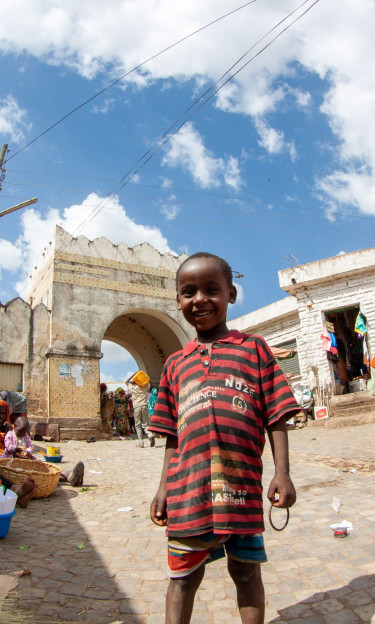Press release
UNESCO modernises its digital ecosystem

Through the launch of its new portal www.unesco.org, the United Nations Educational, Scientific and Cultural Organisation aims to better explain what it is and what it does. With its new visual identity and simplified architecture, this portal offers a completely redesigned user experience to tackle issues related to accessibility and transparency whilst also taking into consideration new types of use.
The modernisation of UNESCO’s digital ecosystem was carried out by a group of digital agencies following several international calls for tender which were launched from 2020 onwards.
From an editorial perspective, UNESCO’s work is now batched in eight themes: Education, Culture, Natural Sciences, Ocean, Social and Human Sciences, Communication and Information, as well as the two priorities on Africa and Gender Equality.
Each programme is presented on a summary page, accompanied by informative articles in which the user can learn about the latest news or even hear about stories of workers on the ground and experiences of UNESCO beneficiaries.
This new way of visualising the front page is the result of a complete restructuring of the back office with support from new software solutions. The UNESCO portal now relies on Drupal 9 CMS, a repository of structured public data API Centric (Strapi), a depository of data based on Microsoft components and several dozens of interconnections with business information systems.
The whole system is interconnected by an enhanced search tool (SolR Cloud), which is designed using a Continuous Integration/Continuous development (CI/CD) approach. The ecosystem is based on 32 servers, interconnected with 8 business applications to facilitate the work of the 50 web editors.
The connection to a single central platform provides security guarantees and enables economies of scale when it comes to maintenance. The UNESCO’s teams and editors can now manage all their web portals from the same interface.
A particular focus has been placed on search functions and the management of structured data with lists and designations being a key element of UNESCO’s work. In particular, the developers have put in place multiple cross-referencing tools for the World Heritage, Intangible Cultural Heritage and Biosphere Reserve lists.
More information on www.unesco.org
Media contact:
- UNESCO: Thomas Mallard
- Design: Gaëtan DUCHATEAU (+33 (0)9 52 67 59 27)
- Drupal Web Development: Emeline PEYSSON (+33 (0)7 50 12 63 42)
- Strategy & Consulting: Vincent Pelletier



